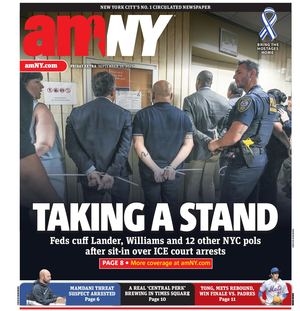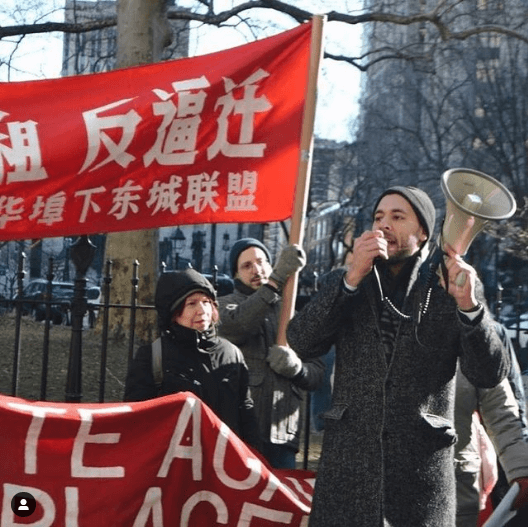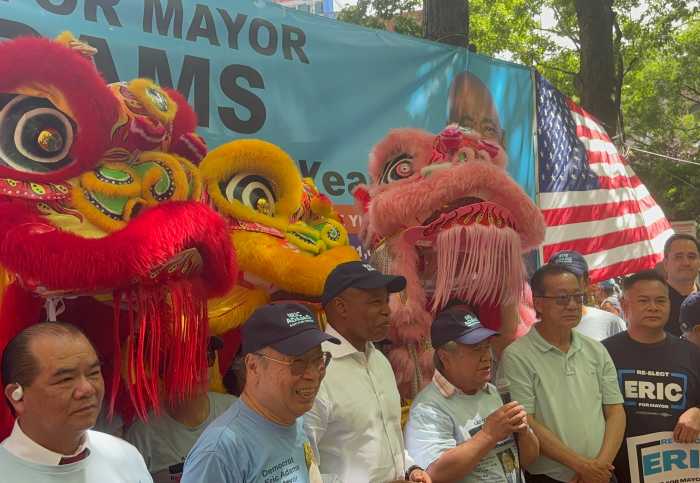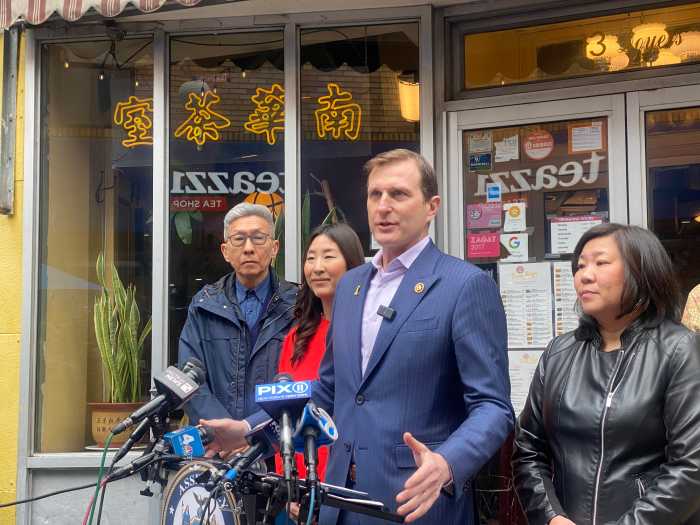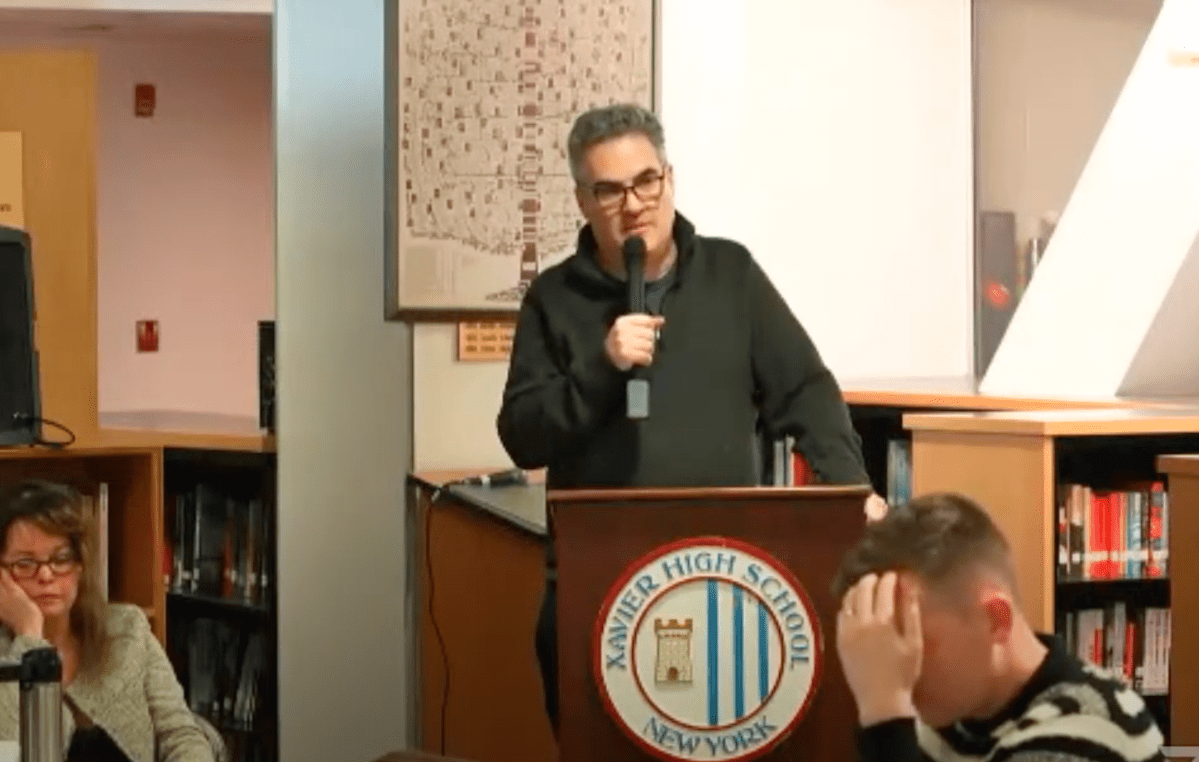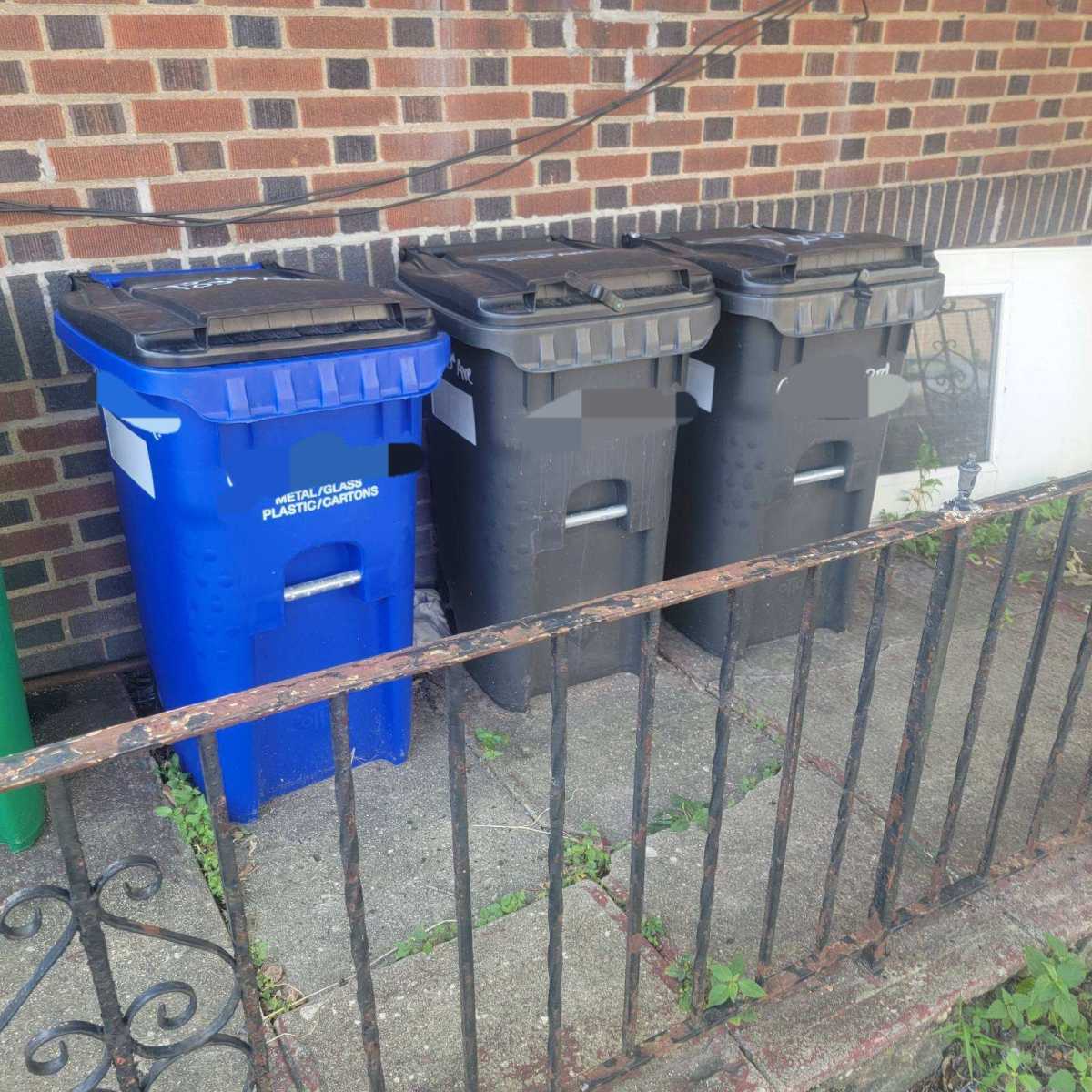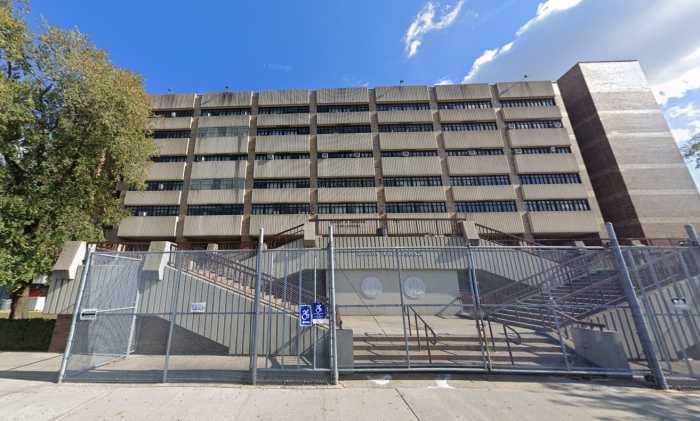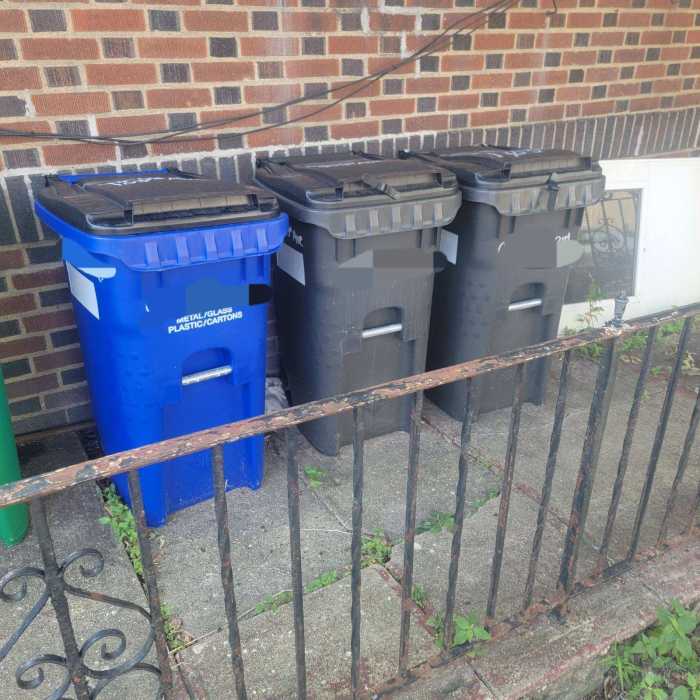Weeks before he enters office, Councilmember-elect Christopher Marte, successor to term-limited Councilmember Margaret Chin in the Lower Manhattan district, is gearing up to renew the fight for a Chinatown rezoning.
Marte says his central focus as a councilmember will be the full implementation of a rezoning proposed by a grassroots organization named the Chinatown Working Group (CWG) in 2013 to help preserve the affordability of the neighborhood by creating a “Special District” spanning Chinatown and the Lower East Side.
The plan would place height limits on new development, enact policies to protect against tenant harassment and create zoning laws that would require affordable housing beyond the city’s mandatory inclusionary housing regulations with the aim of stemming the displacement of immigrant, working class and public housing residents.
“Passing the Chinatown Working Group plan is my top priority as a Councilmember. It was what I ran on in 2017, and what there is clearly a mandate for in this district,” said Marte, who won the seat in November after a narrow loss to Chin in 2017. Marte won the seat with 69 percent of the vote in November.
As it was proposed in 2013, the plan divides the neighborhood into five subdistricts, each with their own zoning codes requiring new developments to set aside 40 percent to 55 percent of a building’s units for affordable housing, with affordable defined as under 50 percent of the Area Median Income from 2013.
At a meeting of the CWG on Monday night, Conner Allerton, Marte’s land use director, updated the group on the work that Marte’s office has been undertaking to put out a shortened and updated version of the CWG plan to be released before the end of the year, so that the Councilman-elect can start lobbying for it immediately.
“A big part of that is incorporating updated data, which a lot of it is similar or consistent with the issues that have been raised in the past that were the impetus for the plan,” Allerton said.
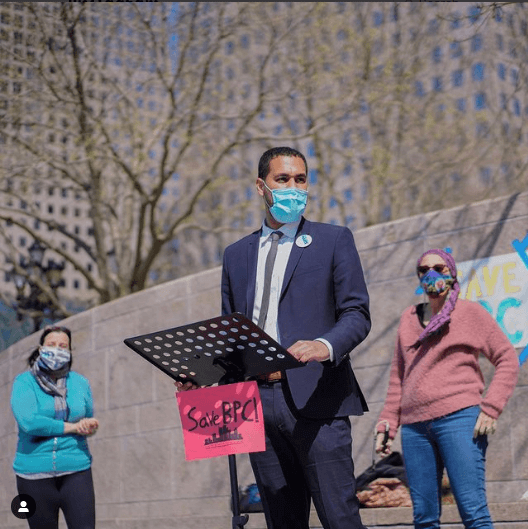
Marte added that the goal is not to change the plan, but to get it ready to propose it to the city again.
In 2015, the Department of City Planning (DCP) rejected the CWG proposal on the basis that it was too wide-ranging and suggested the group create a narrower proposal that was limited to the subdistricts in Chinatown. The city also resisted the plan based on concerns that its affordability targets were so high that it would discourage developers from building at all.
“The Chinatown Working Group plan doesn’t stop development, it stops displacement,” Marte said in an email to amNew York, adding, “Developments that provide affordable places to live are in increasingly short supply in Lower Manhattan, and the CWG is a great opportunity to change that.”
Marte did not make it clear whether he has had a chance to talk to Mayor-elect Adams or anyone from his staff about the plan, but said he is taking every opportunity when talking with future colleagues and elected officials, to reiterate the importance of the plan.
One update that Marte may need to make will depend on the outcome of the proposed Soho/Noho rezoning, which the CWG has vehemently opposed. There are several overlaps between the borders of that rezoning and those in the CWG plan. The rezoning is expected to go before the Council for a vote over the next week. Marte has argued that the vote should be left to the next administration.
